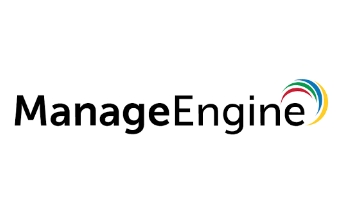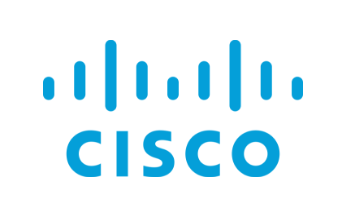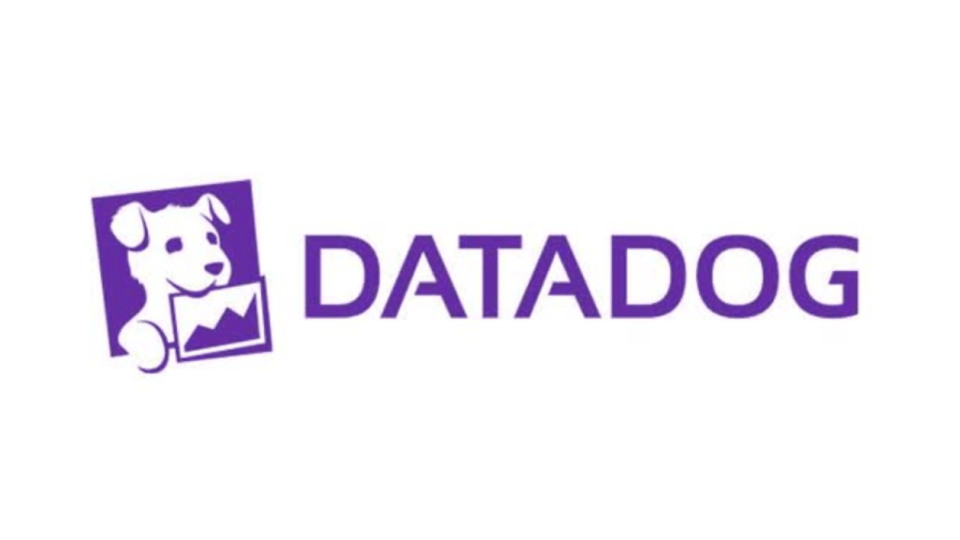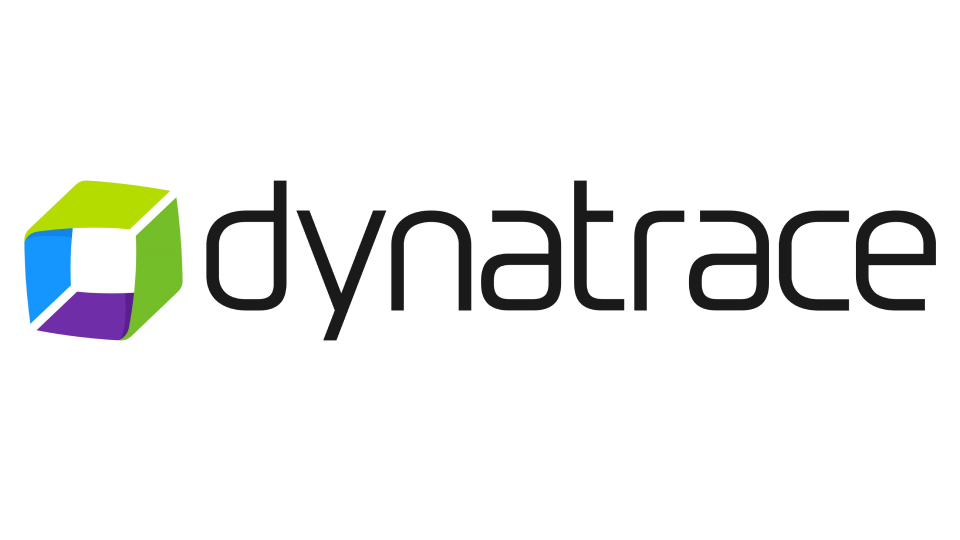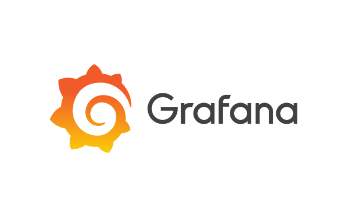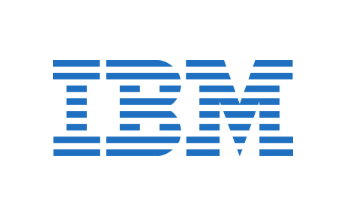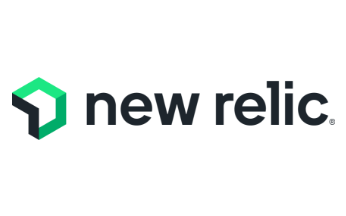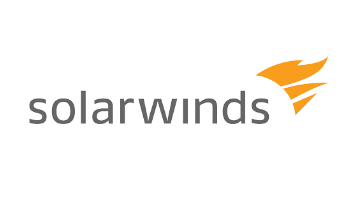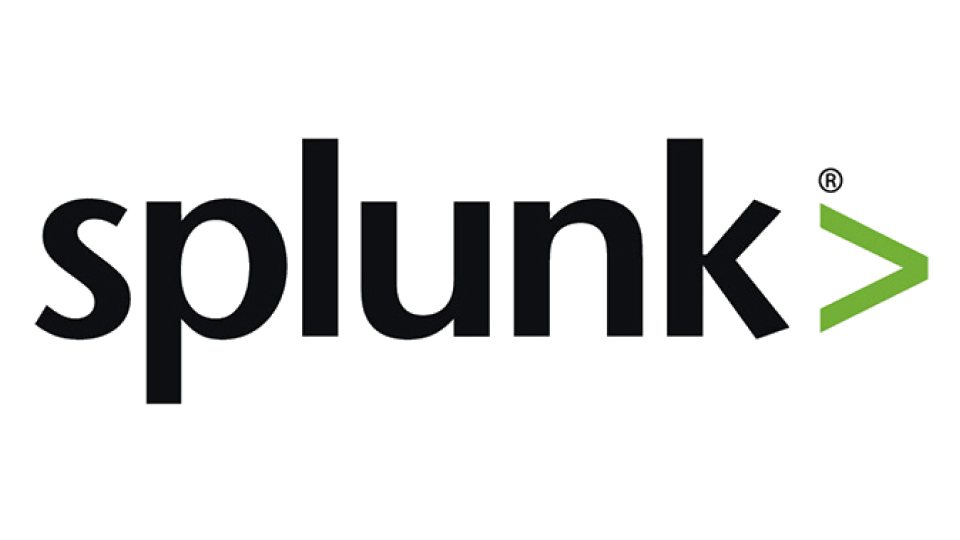Observability tools are united in a centralized platform that aggregates and visualizes your network’s key statistics and data. This information is sourced from across your applications and infrastructure components, then presented as part of the dashboard, giving admins a vital insight into their network. Observability tools go beyond your standard monitoring solution, they provide a comprehensive insights into your entire system, allowing teams to proactively address potential concerns and enhance overall system performance.
While traditional monitoring tools alert users to known issues, observability platforms delve deeper, shedding light on unknown (and developing) issues. They can highlight intricate dependencies, allowing you to understand the knock-on impact of a failure or issue. Observability tools combine metrics and logs, allowing you access to a holistic view of your network’s performance and health. This approach allows organizations to gain vital information as soon as it is available. This type of solution is particularly useful amongst businesses operating microservice architectures and distributed systems, where pinpointing issues can be akin to finding a needle in a haystack.
An effective observability tool should be proactive. It should provide predictive analytics to highlight potential bottlenecks or failures before they become critical. Additionally, with the rise of DevOps and continuous integration/continuous deployment (CI/CD) practices, they should seamlessly integrate with the development lifecycle, supporting faster releases without compromising on quality.
In this article, we’ve compiled a list of the best observability tools on the market currently. In each case, we’ll identify a solution’s key features and use cases, thereby assisting you in selecting the right solution for your organization.




